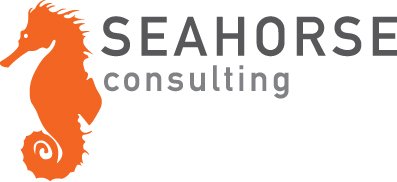Forecasting is Human
Forecasting might seem like a purely analytical exercise, but underneath the spreadsheets and models lies something a little messier. Uncertainty, optimism, fear and ego frequently shape the numbers we rely on to make decisions. If you want your forecasts to be accurate, you need a culture that fosters open, honest, and objective discussion.
Here are five ways to improve forecast accuracy with that focus:
Encouraging Guesses Despite Uncertainty
Employees can be reluctant to guess when outcomes feel unpredictable or out of their control. But avoiding a prediction entirely is worse than making an imperfect one. Helping employees to work with the information they do have—and to trust in their intuition—will overcome these barriers.
Creating a No-Blame Culture
People freeze when they think they’ll be blamed for being wrong. If being off-target means loss of credibility or trust, they’ll either offer overly cautious projections or avoid forecasting altogether. This is where the safe space is essential. When people know they won’t be blamed for a missed forecast, they begin to share more honestly—and honesty improves forecast accuracy.
Avoiding the “Kick-the-Can” Trap
A common way to exacerbate problems is to push them down the road. “Yes, we’re behind now, but we’ll make it up next quarter,” sounds reassuring—until it becomes clear that variance has grown and time has run out. Encourage early honesty. Be skeptical of rebound promises unless there’s a concrete plan behind them. Small course corrections are a LOT easier than late-stage overhauls.
Reinforcing That Prediction Is a Skill
Just like any skill, forecasting improves with repetition and reflection. Encouraging people to treat forecasting as an iterative practice, not a one-time test, helps build their confidence and accuracy over time.
Encouraging Success
By encouraging folks to own realistic predictions that contain a little extra stretch (“What would you like to see happen?”), forecasting can become not only a planning tool, but one that motivates and supports employees to stretch and succeed.
Bottom Line: When people feel supported—free to speak honestly, guess thoughtfully, and revise openly—they provide better inputs. And when those human insights are paired with disciplined, analytical modeling, the result is a forecast you can trust and act on.
If your forecasting process feels off—or if you're tired of managing around numbers no one believes—drop me a line and we can explore a new approach for your business.
Published: June 10, 2025
